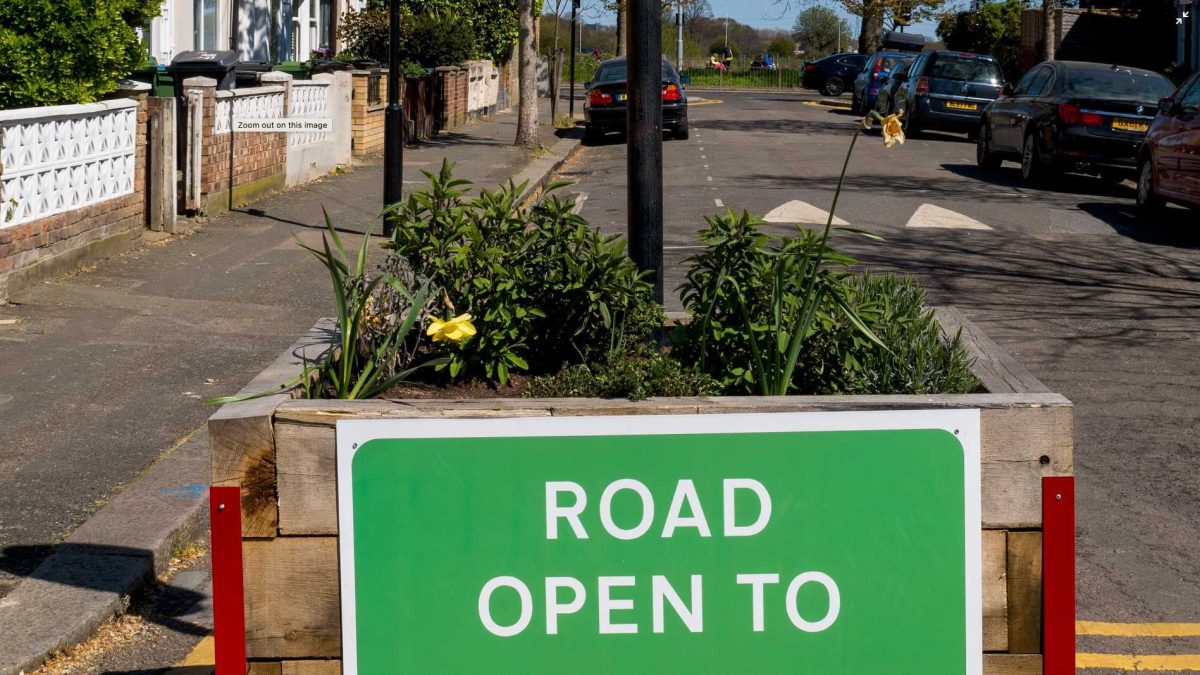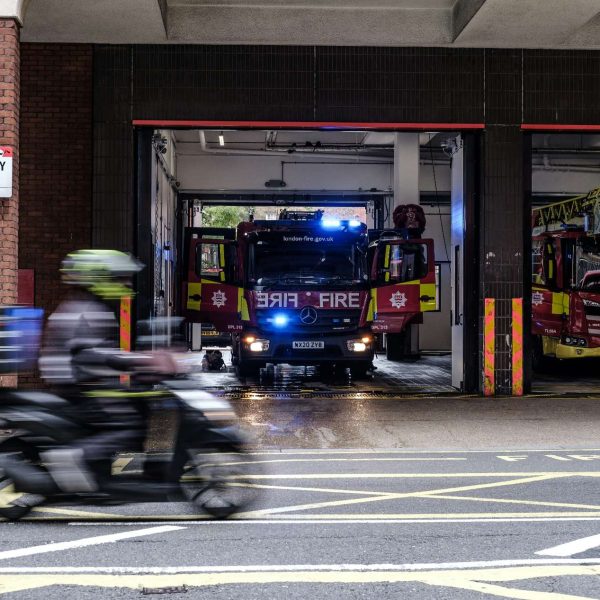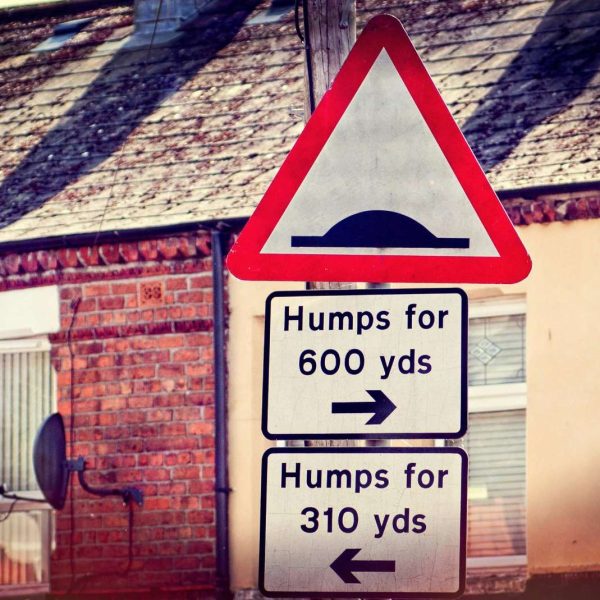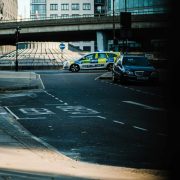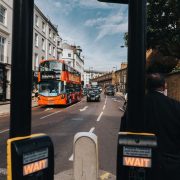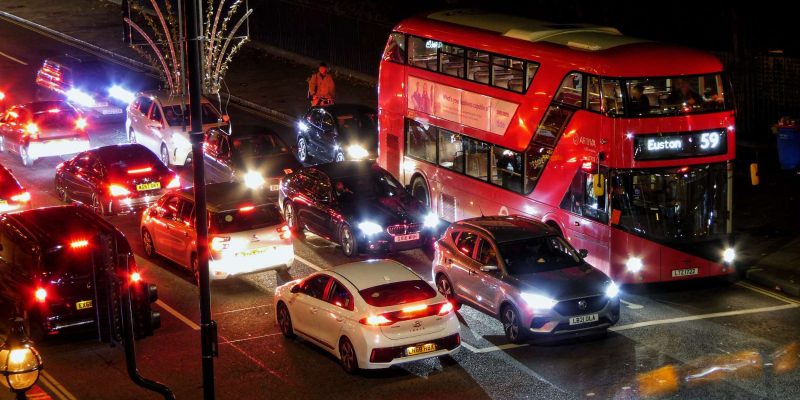
Speed Tables: A Proven Way to Make Streets Safer
Traffic calming tables have emerged as an effective tool in creating safer streets and enhancing the overall quality of urban environments. These raised platforms are designed to reduce vehicle speeds and prioritize the safety and comfort of pedestrians and cyclists.
In this article, we will explore the concept of traffic calming tables, their benefits, and how they contribute to safer and more livable communities. Let’s dive in!
Understanding Speed Tables
Traffic calming tables, also known as speed tables or raised crosswalks, are horizontal traffic calming measures designed to slow down vehicle speeds. They are typically elongated raised platforms that span across the width of the road, creating a gentle vertical rise and descent. Unlike traditional speed bumps or humps, traffic calming tables provide a smoother transition for vehicles while still achieving the desired speed reduction effect.These tables are strategically placed at locations where traffic speed needs to be controlled, such as residential areas, school zones, or pedestrian-heavy streets. By raising the elevation of the road surface, traffic calming tables force drivers to slow down, promoting safer driving behavior and reducing the risk of accidents.
Benefits of Traffic Calming Tables
a) Speed Reduction and Increased Safety: One of the primary benefits of traffic calming tables is their ability to effectively reduce vehicle speeds. The raised platform and the change in road elevation act as visual cues for drivers to slow down. As a result, the tables create a safer environment for pedestrians and cyclists by minimizing the potential for collisions and improving overall road safety.
b) Pedestrian and Cyclist Priority
Traffic calming tables send a clear message that pedestrians and cyclists are a priority. By reducing vehicle speeds, these tables create a safer and more inviting space for non-motorized road users, encouraging walking and cycling as viable modes of transportation. This pedestrian-friendly approach promotes active mobility, healthier lifestyles, and the creation of more inclusive communities.
c) Enhanced Aesthetics and Streetscape
Traffic calming tables contribute to the visual enhancement of streetscapes. With their raised platform design, they add architectural interest to the surrounding area and serve as an urban design element. These tables can be customized with various materials, colors, and patterns to integrate seamlessly with the overall streetscape, creating visually appealing and inviting spaces for residents and visitors.
d) Traffic Flow and Noise Reduction
Contrary to traditional speed bumps that can cause abrupt vehicle deceleration and acceleration, traffic calming tables provide a smoother transition for vehicles. This allows for a more continuous flow of traffic, reducing the start-stop motion that can lead to congestion. Additionally, the gentle elevation changes of the tables help reduce tire noise, creating a quieter and more peaceful environment for nearby residents.
Implementing Speed Tables
The implementation of traffic calming / speed tables requires careful planning and consideration of various factors. These include the specific road geometry, traffic volume, pedestrian activity, and community input. Collaboration between transportation authorities, urban planners, engineers, and local residents is essential to ensure the successful integration of traffic calming tables into the existing road infrastructure.Furthermore, thorough traffic impact assessments and engineering studies should be conducted to determine the appropriate locations for traffic calming tables. This analysis helps identify areas with high-speed traffic or a history of accidents, where the implementation of tables can have the most significant impact on safety.
To maximize effectiveness, traffic calming tables should be accompanied by clear signage and pavement markings to alert drivers in advance and ensure their visibility, especially during nighttime or adverse weather conditions. Ongoing monitoring and evaluation of the tables’ performance should also be conducted to assess their impact on traffic speed, safety, and overall community satisfaction.
Traffic calming tables offer a proven and effective approach to making streets safer and more livable. By slowing down vehicle speeds, prioritizing pedestrian and cyclist safety, enhancing streetscapes, and improving traffic flow, these raised platforms create a safer and more inviting environment for everyone. As cities continue to strive for safer and more sustainable transportation systems, traffic calming tables serve as a valuable tool in achieving these goals. By implementing these measures thoughtfully and with the involvement of the community, we can create streets that prioritize safety, encourage active mobility, and foster vibrant and inclusive communities.


